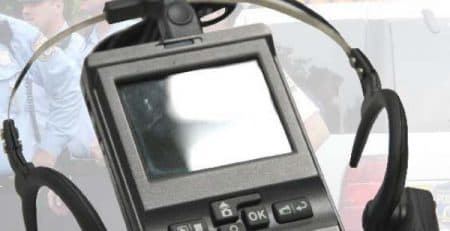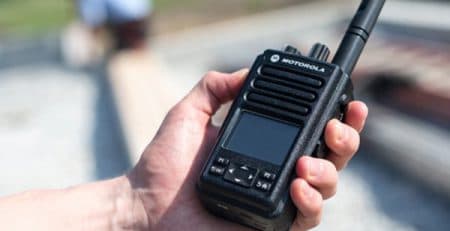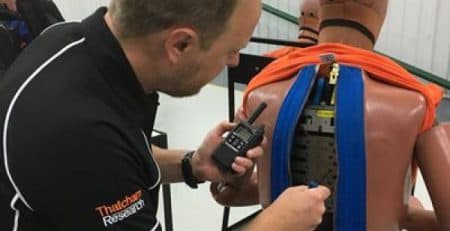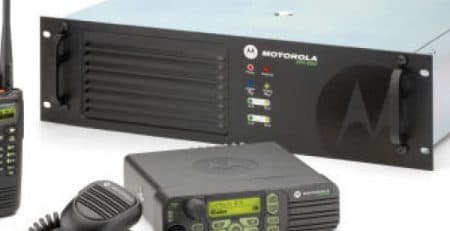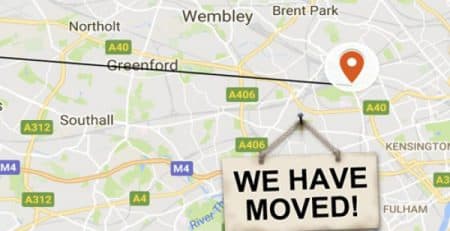Improving the In-Store Retail Experience with Two-Way Radios
With so many well-known brand names disappearing from the high street – struggling to compete with the behemoth that is e-commerce – it’s quickly become apparent to those left that they need to change.
E-commerce has grown at an exponential rate since the Internet opened up for commercial use in 1991. According to the Office for National Statistics (ONS), internet sales now account for approximately one-fifth (20%) of total retail sales.
That’s a considerable chunk.
But in the midst of well-known brands collapsing, what retailers have realised is this: what people buy online versus what they buy in-store is no different. It’s the experience that matters.
How the experience needs to change
No one likes having to navigate through swathes of people in a retail store. No one likes it when what they want is not in stock. No one likes standing in a queue waiting to pay. And no one likes being disturbed by a sales assistant.
That said, some retailers have addressed these issues. Amazon Go, for example, a cashierless-store that popularised the idea of automated shopping enables customers to purchase products without having to go via a cashier or self-service checkout.
But it only solves some of the issues, namely the speed of purchase. For stores that sell clothes or electronics, for example, there also needs to be:
- an expert on-hand to help (and communicate needs to others)
- some means of checking current stock levels
- a way for staff to signal for help without leaving the customer
- and some way to manage store traffic at peak periods.
Current technology can improve the in-store retail experience
Luckily, most of the issues discussed so far can be resolved with the communication technologies that exist today – specifically two-way radios.
Retailers don’t have to overhaul or implement brand-new automated systems (some may not be able to afford to). Using two-way radios, retailers can achieve greater control over their store and reduce friction across the customer experience.
- Real-time shop-floor assistance
Using two-way radios customer-facing sales assistants can readily answer any customer requests. For example, a customer might want to know if an item is in stock – the sales assistant can radio fulfillment (in real-time) and get an answer. Similarly, the customer might want to know about discounts; it may be that the product is discounted online but is that discount reflected in the store? The sales assistant can then speak to a supervisor to find out more. All within a minute.
- Flawless stock room management
There’s also a powerful case for stock room management. Using TRBOnet – an IP dispatch software and hardware platform for MOTOTRBO two-way radio systems – supervisors can better organise picking and order fulfilment.
Through MOTOTRBO, job tickets can be set up and assigned to pickers in the stock room. These tasks will be based on requests received, either from the supervisor, sales assistant or customer, and can be accepted via the two-way radio. Supervisors can then track all tasks to see how many are in progress or complete, enabling them to see overall performance.
With this solution in place, supervisors can ensure tasks are prioritised and carried out according to the needs of the store and the customer.
- Improved customer satisfaction
Real-time voice and data communication will enable management teams to see the bigger picture, understand how customers are being engaged with and improve interactions across the store.
This is crucial because, in any retail store, a customer could have several points of contact: the sales assistant, the product expert, the supervisor, the cashier. At each point of contact, retail staff should be opening a dialogue with (or supporting) customers. If someone has a conversation with a customer and that customer has specific needs, that needs to be communicated to the rest of the team – and can be easily done using the text function on the two-way radio.
Ensuring the customer receives a consistent experience throughout will make them feel cared for and appreciated – and two-way radios can help support the levels of communication required to achieve this.
- No more queues
We’ve spoken previously about what can go wrong during the festive period when it comes to queues (check out our crowd management blog here) but two-way radios can help resolve them.
With two-way radios, staff – positioned at entrances and exits of the store – can help control the flow of crowds, inform supervisors about store capacity and identify bottlenecks. For instance, if there’s only one till serving customers, they can quickly radio someone and ask them to open another till – splitting the queue.
It’s time to enhance your in-store retail experience
E-commerce has set the bar in terms of the customer experience, but retail stores have one distinct advantage: they’re far more personal. If retailers can leverage the right communication tools – including two-way radios – they can remove friction from the sales process, help more customers and deliver an enjoyable experience.
If you’re considering two-way radios for your retail store, we would recommend checking out this guide first. It has all the information you need to make an informed decision.



